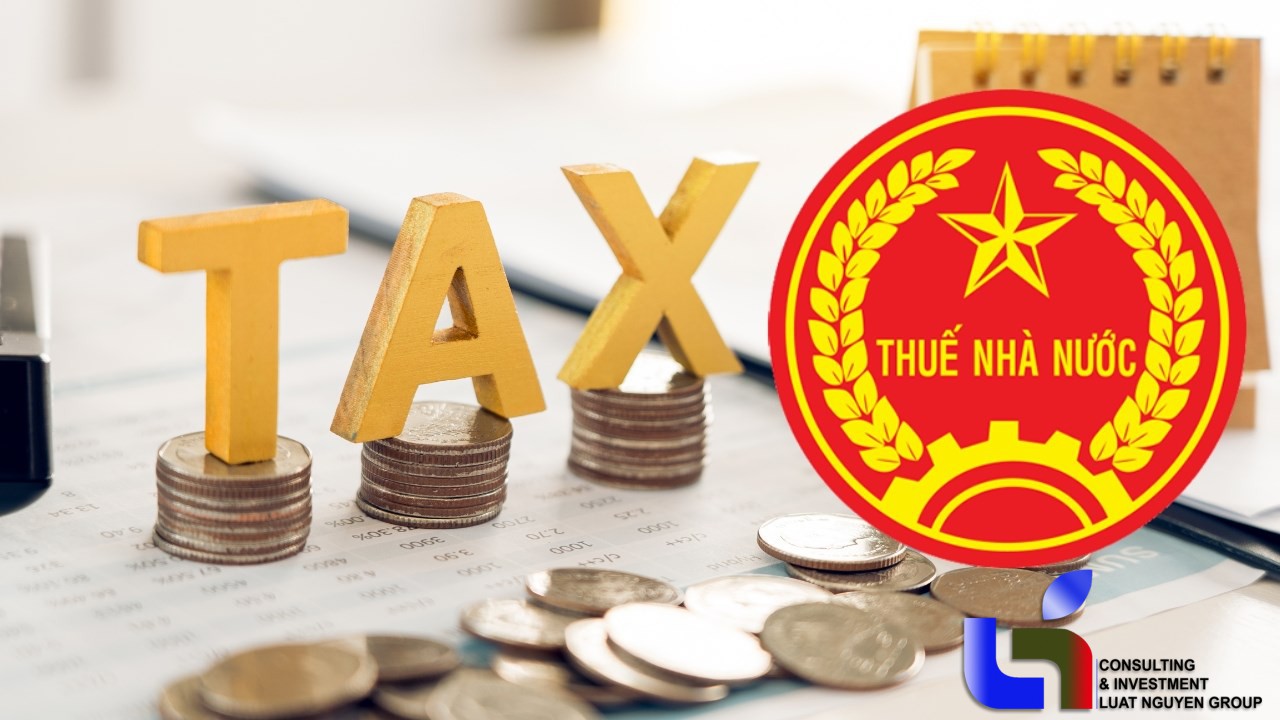Urgent directive: Tightening tax control on household businesses through cash flow monitoring
Regarding the rollout of e-invoices generated from cash registers, data from tax declaration form 01/CNKD shows that several provinces still have a high percentage of businesses requiring review, above the national average of 26%. The highest rates include Lạng Sơn (57%), Quảng Ngãi (50%), Vĩnh Long (47%), Gia Lai (41%), Hưng Yên (40%), Lâm Đồng (40%), Tây Ninh (40%), Huế (39%), and others.

By June 30, more than 110,000 household businesses had registered to use e-invoices from cash registers. To ensure full compliance, local tax authorities must coordinate with commune and ward-level People’s Committees, statistical offices, and other state agencies to update lists of active businesses. These lists must cover households declaring tax under the declaration method, lump-sum taxpayers with annual revenue under VND 1 billion but using cash registers, households with annual revenue from VND 1 billion and above, and those close to the threshold with potential to exceed it.
Authorities are also instructed to conduct on-site surveys to verify whether households sell goods or provide services directly to consumers, ensuring that no household subject to mandatory e-invoice use is overlooked. Large-scale households or those with growth potential must be prioritized for support during peak implementation months.
The General Department of Taxation noted that some provinces have low adoption rates of cash register e-invoices compared to registered businesses, below the national average of 69.5%. These include Lạng Sơn (46%), Phú Thọ (55%), Tây Ninh (56%), Hưng Yên (58%), Quảng Ngãi (61%), Đắk Lắk (62%), Đồng Nai (63%), Vĩnh Long (63%), Ninh Bình (65%), and several others.
Tax departments are required to continuously analyze data on registered and active users, monitor compliance, and take enforcement actions against deliberate violations. A key focus is to compare reported revenues with invoice data, especially for businesses in services and food and beverage sectors. Where discrepancies or suspicious patterns appear—such as unusually high or low invoice revenue compared to declared income—taxpayers must provide explanations or face inspection and sanctions.
One of the most critical instructions is to strengthen tax administration based on taxpayer cash flow. This requires close coordination with other agencies and organizations, while strictly protecting taxpayer data in line with legal requirements.
Ý kiến bạn đọc
Những tin mới hơn
Những tin cũ hơn
Nguyễn Thị Kim Hường: Người thầm lặng kiến tạo giá trị, vững bước cùng Luật Nguyễn
Trong bất kỳ tổ chức nào, bên cạnh những người trực tiếp "ra trận" tạo nên doanh thu, còn có những "kiến trúc sư thầm lặng" xây dựng nên nền móng vững chắc. Tại Luật Nguyễn, người ta thường nhắc đến những luật sư dày dạn kinh nghiệm, nhưng ít ai biết về Nguyễn Thị Kim Hường – một trong những...
-
 Thủ tục cấp mới Giấy phép kinh doanh sản phẩm, dịch vụ mật mã dân sự
Thủ tục cấp mới Giấy phép kinh doanh sản phẩm, dịch vụ mật mã dân sự
-
 Nhanh chống siết chặt quản lý thuế hộ kinh doanh qua dòng tiền
Nhanh chống siết chặt quản lý thuế hộ kinh doanh qua dòng tiền
-
 Urgent directive: Tightening tax control on household businesses through cash flow monitoring
Urgent directive: Tightening tax control on household businesses through cash flow monitoring
-
 SJC gold price soars to nearly VND 133 million/tael, $900 premium over global market
SJC gold price soars to nearly VND 133 million/tael, $900 premium over global market
-
 Giá vàng SJC lập đỉnh mới gần 133 triệu/lượng, cao hơn thế giới 23 triệu đồng
Giá vàng SJC lập đỉnh mới gần 133 triệu/lượng, cao hơn thế giới 23 triệu đồng
- Đang truy cập135
- Hôm nay22,868
- Tháng hiện tại105,367
- Tổng lượt truy cập874,030












